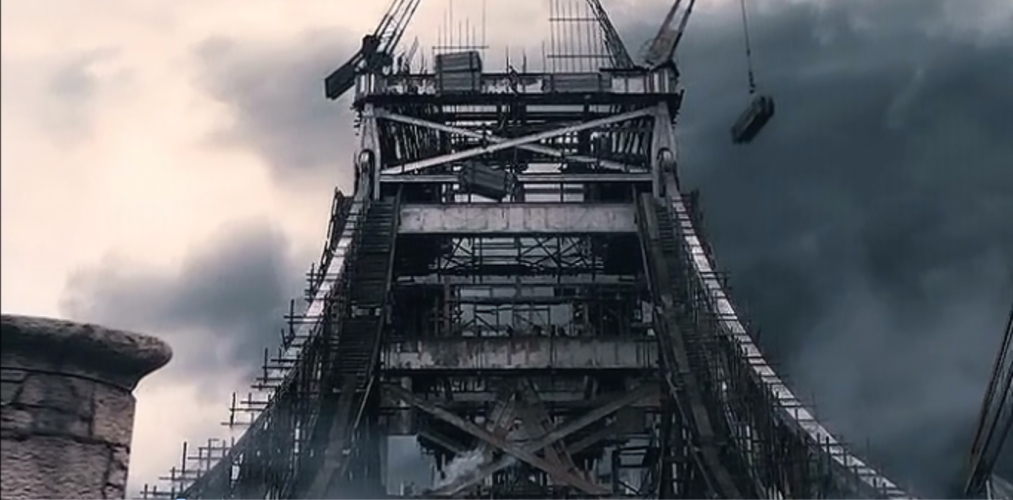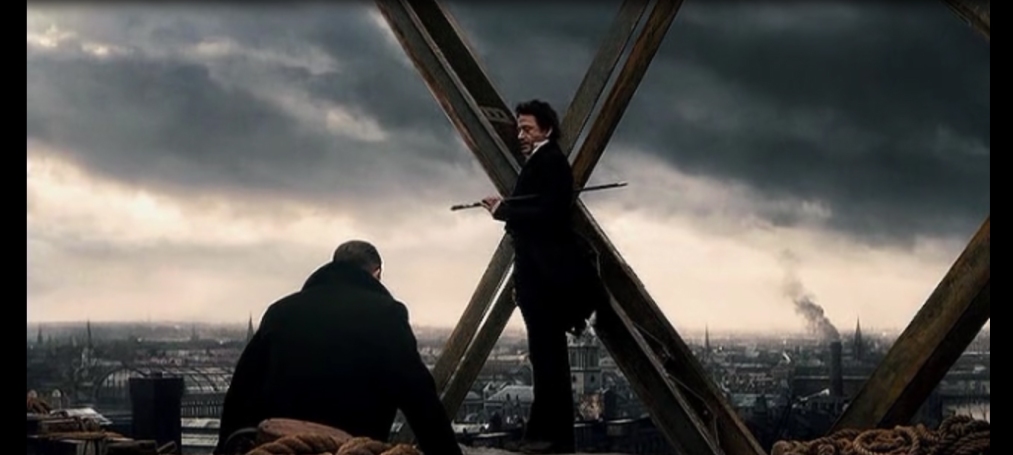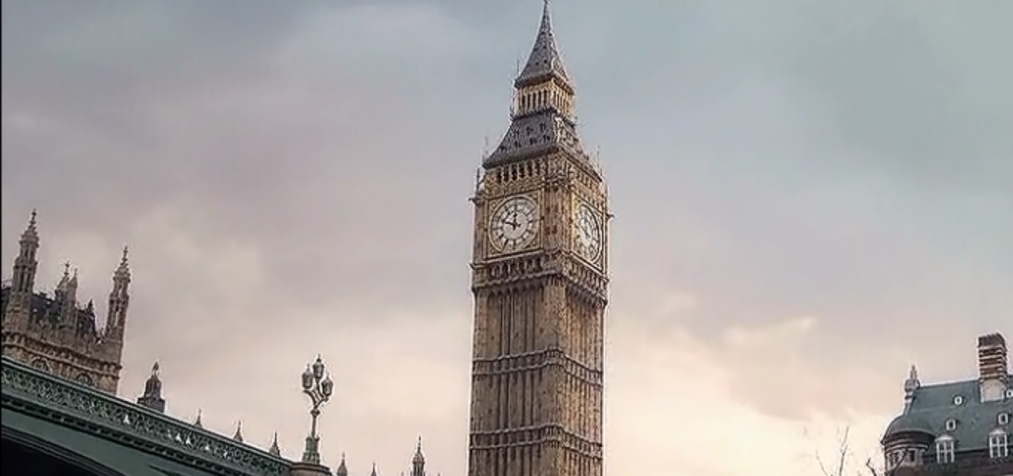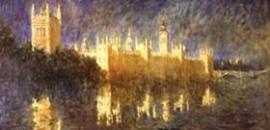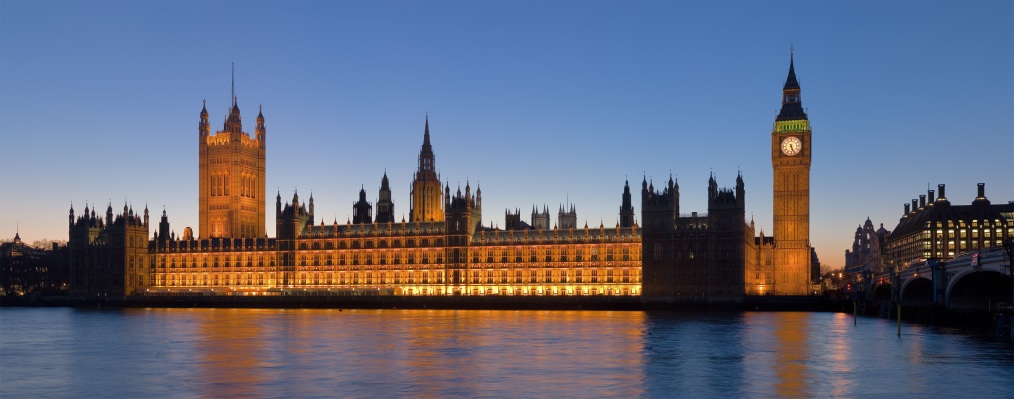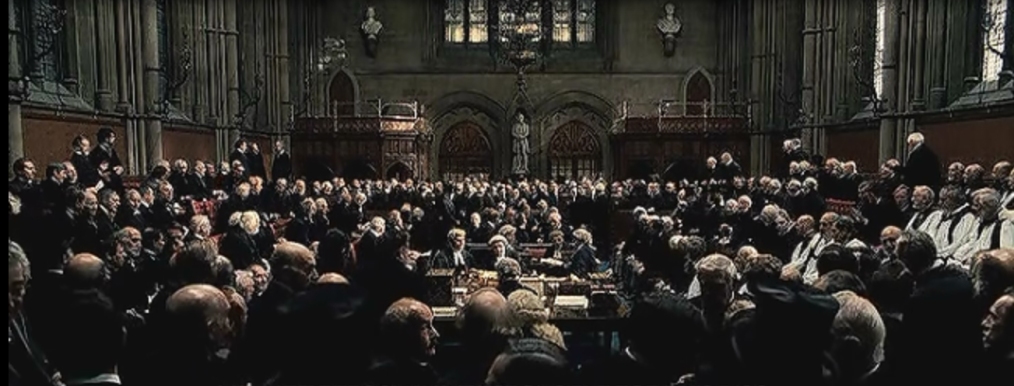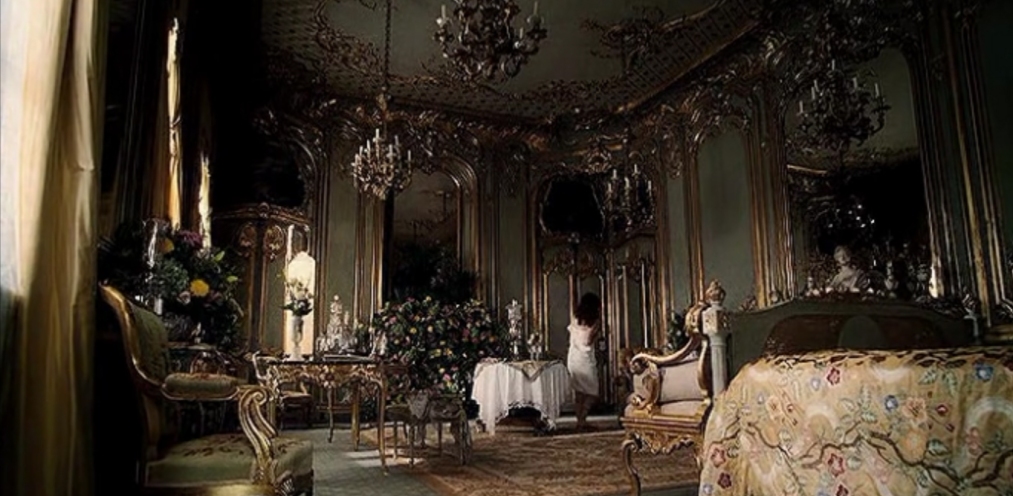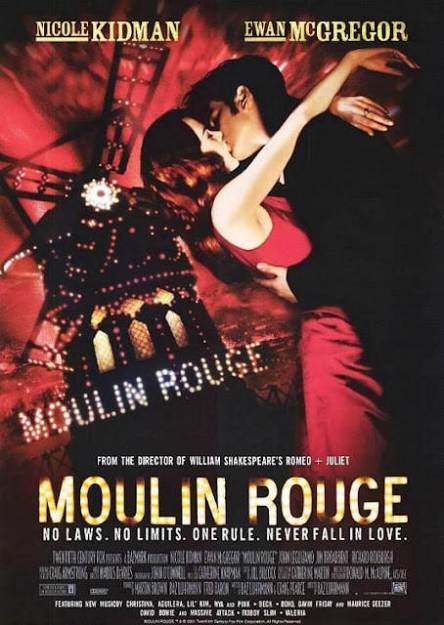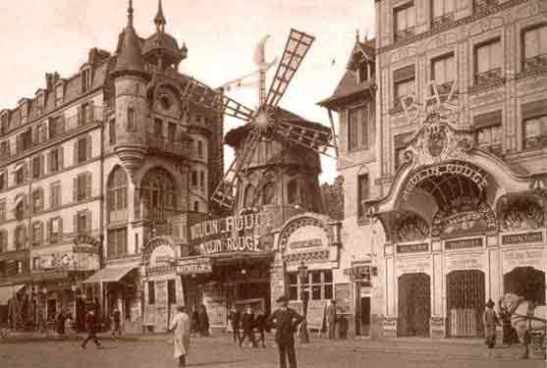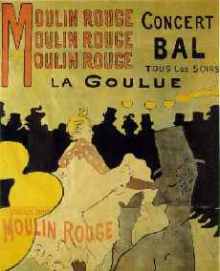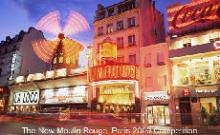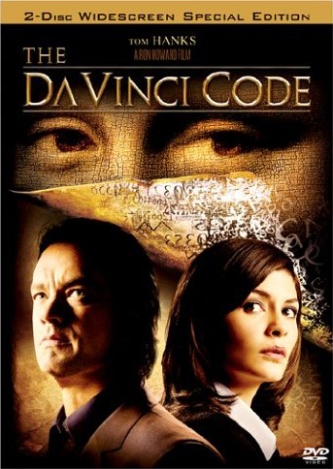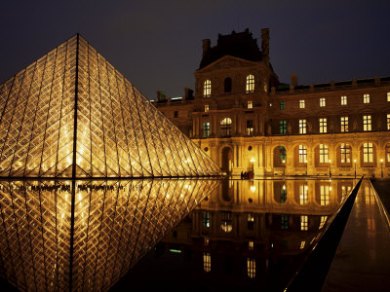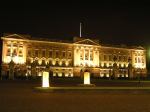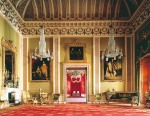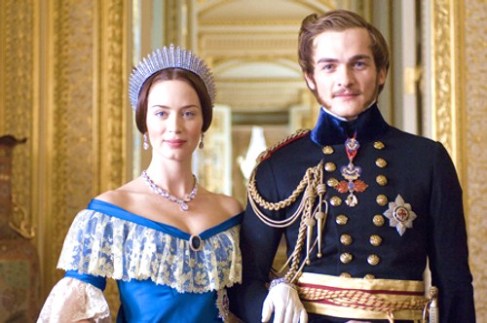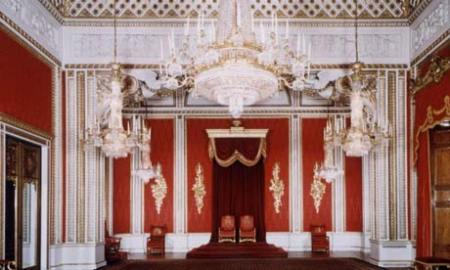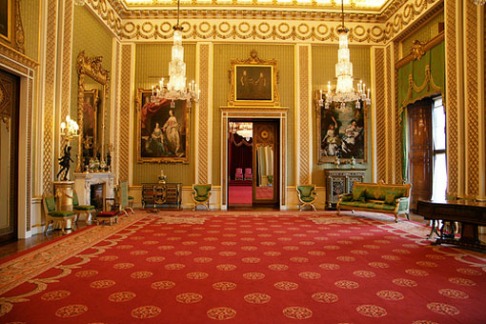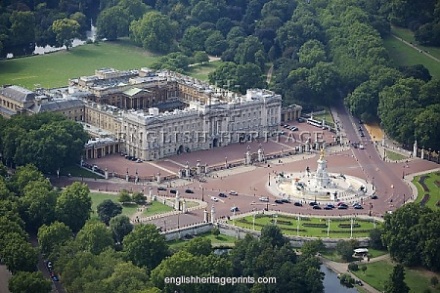When I saw the movie poster of Gulliver’s travels for the first time, it got me interested. Not only that Jack Black stars in it because I’ve always liked watching his movies but also it’s one of the best classic novels of all time.
The movie is centered on Lemeul Gulliver (Jack Black), a man who works in a mail room of a New York City newspaper. Gulliver, who’s a man with no confidence, had a long time crush on journalist Darcy Silverman ( Amanda Peet). Urged by a colleague to ask her out, he went to go for it but got cold feet on the last minute and ended up convincing Darcy he was interested in writing a report about his (false) extensive world travels. The next day, Darcy, impressed by his writing, presents Gulliver with a new task – to travel to the Bermuda Triangle and write an article confirming that the legend of ships mysteriously disappearing in the area being caused by extraterrestrials is not true. Upon arrival in Bermuda, Gulliver rents a boat and travels into the triangle. After falling asleep at the helm of his ship, he’s caught in a freak storm and the boat is overwhelmed by a waterspout. He washes up unconscious on the shore of Lilliput.

Blenheim Palace is a monumental stately homesituated in Woodstock, Oxfordshire, England. It was commissioned by Queen Anne as a gift for John Churchill for his triumph over the French at the Battle of Blenheim. It is the seat of the Dukes of Marlborough. The palace was built between 1705 and 1724 and today it is known to be, one of the largest palaces in the England. UNESCO recognized the palace as a World Heritage Site in 1987. The architect responsible for this magnificent structure was John Vanbrugh, who was then a playwright and less experienced architect.

The palace, one of the most famous filming locations in England, features an English baroque style. The structure has avery massive form because it was designed to be viewed at a distance. The grand main entry of the palace highlights a large archway and a clock tower at the back that will never fail to make the eyes of the viewer go towards the center. At the south façade of the palace, as seen from the inner courtyard, stands out a great portico with an ornate pediment. The palace also features many statues-in-the-round, on rooftops, at the garden and along corridors.

As if the exterior isn’t opulent enough, the interior showcasesa much elaborated decoration. The palace has one of the most beautifully carved walls, hand paintings on the ceilings, intricate carvings, lovely porcelain collection, paintings in every room and tapestries.
Because of the short-lived style of English Baroque, buildings made in this movement are very rare. Thus, the Blenheim palace certainly is a treasure of the architectural heritage.
Sources:
http://en.wikipedia.org/wiki/Blenheim_Palace
http://www.britannica.com/EBchecked/topic/69268/Blenheim-Palace
http://www.telugulocal.com/Travel/blenheim-palace.html
http://www.britainexpress.com/counties/oxfordshire/houses/Blenheim/index.htm
http://gouk.about.com/od/thingstodo/ig/Blenheim-in-Pictures/
by Colleen Ann Pontigon 2011-13653







 The King’s Speech is a film directed by Tom Hooper and written by David Seidler about King George VI (Colin Firth) and his difficulty in overcoming a stammer. He sees Lionel Logue, an Australian speech therapist (Geoffrey Rush) and they become friends as they work together, and after his brother abdicates the throne, the new King relies on Logue to help him make his first wartime radio broadcast on Britain’s declaration of war on Germany in 1939.
The King’s Speech is a film directed by Tom Hooper and written by David Seidler about King George VI (Colin Firth) and his difficulty in overcoming a stammer. He sees Lionel Logue, an Australian speech therapist (Geoffrey Rush) and they become friends as they work together, and after his brother abdicates the throne, the new King relies on Logue to help him make his first wartime radio broadcast on Britain’s declaration of war on Germany in 1939.





